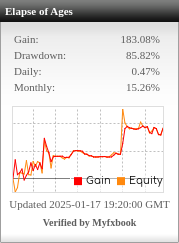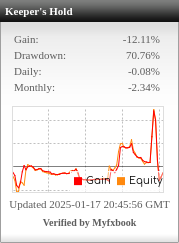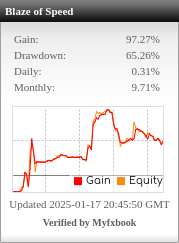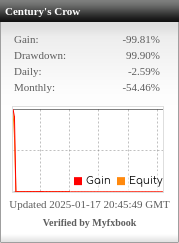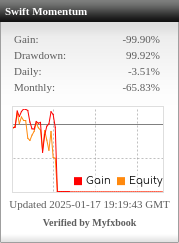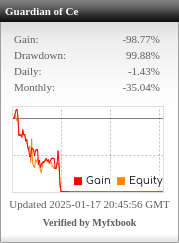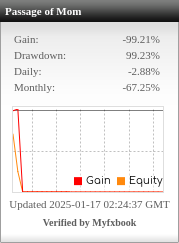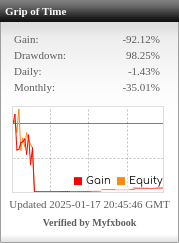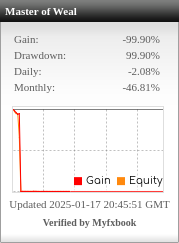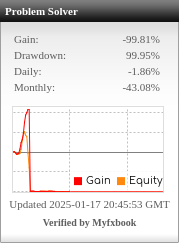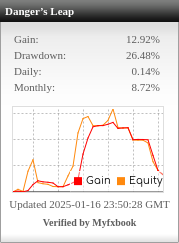Table of Contents
Compare with my last step. Now I have more than 500 strategies ready to enter [Portfolio Master] mode by selecting the number of strategies between 4-8 in each Port. I want to know that if I set the valuesabove, select the best one from what SQX offers, and create 1 Port, then delete it from the existing list to create it, so that all 500 strategies can be used almost completely, even if they are not as good as the first one I got. And/or I will create it only once from 500 and filter from the above list, selecting the best values to create each Port, so that I will have a total of 12 good portfolios as you suggest, without deleting any of them. Please provide your comments.
Given your setup with more than 500 strategies and the intention to build 12 solid portfolios, here’s a detailed comparison of the two approaches you’re considering:
Option 1: Create a Single Portfolio and Delete Strategies After Use
- Process: You filter your strategies based on the set criteria (CAGR/DD%, Sharpe Ratio, etc.), create a portfolio using the best 4-8 strategies, and then remove the used strategies from the list.
- Advantages:
- Focus on Highest Quality: By selecting only the top-performing strategies for each portfolio, you ensure that each portfolio is built with the best available options.
- No Duplication: Strategies used in one portfolio won’t be repeated, which diversifies the approaches and reduces over-reliance on specific strategies.
- Cleans the List: Removing strategies ensures that you always have a fresh pool for the next portfolio.
- Disadvantages:
- Risk of Running Out of Quality: As you progress, there may be a diminishing number of high-quality strategies available for later portfolios, potentially forcing you to accept weaker strategies.
- More Manual Work: You need to keep track of what’s been used and make adjustments after each portfolio creation, which could be time-consuming.
Option 2: Filter and Create Multiple Portfolios without Deleting Strategies
- Process: You filter your strategies according to the same criteria and create 12 portfolios without deleting any strategies, allowing overlap and repeated use across portfolios.
- Advantages:
- Maximize Usage: You get the most out of your 500 strategies, as none are permanently removed, allowing you to pick the best for each new portfolio.
- Less Pressure on Strategy Availability: By not deleting strategies, you can create multiple portfolios with some repetition, ensuring that each portfolio still has top-performing strategies.
- Faster Process: You won’t need to track what’s already been used, simplifying the portfolio creation.
- Disadvantages:
- Over-Reliance on Certain Strategies: Repeating strategies across portfolios may lead to over-reliance on certain approaches, which could expose all portfolios to similar risks, especially during market drawdowns.
- Lower Diversification: Even though you have multiple portfolios, repeating strategies means the portfolios may not be as diversified as they could be.
Recommendation
For your goal of building 12 high-quality portfolios, I’d suggest combining aspects of both approaches:
- Phase 1: Start by creating 4-6 portfolios using the best available strategies, without deleting any of them. This ensures you’re maximizing the top performers for multiple portfolios.
- Phase 2: For the remaining portfolios, introduce more diversity by removing the strategies already used from your selection pool, ensuring fresh strategies are prioritized.
This blended approach balances strategy quality with portfolio diversity, giving you strong portfolios while maximizing your use of all 500 strategies. In this way, you ensure that you maintain both performance and diversification across the entire portfolio set.


